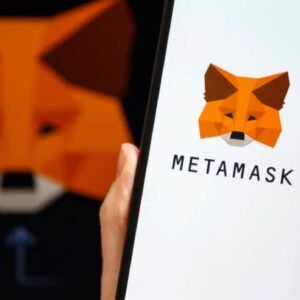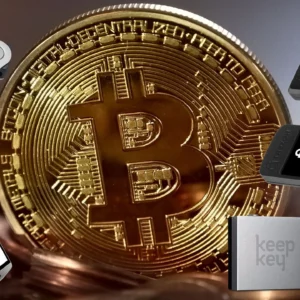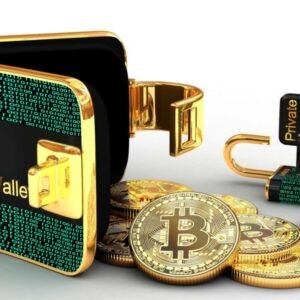Staking is the yield-generating component of the MetFi ecosystem. To receive a yield on MFI tokens an individual must hold an NFT and stake MFI tokens to the NFT. The highest NFT held in the user wallet determines the Annual Percentage Yield (APY) that the individual receives – there is no other method of staking within the MetFi ecosystem.
The APY is fixed and never fluctuates. APY ranges from 100% to 1000% per the following table.
| MFT | APY |
|---|---|
| #1 Shrimp | 100% |
| #2 Crab | 200% |
| #3 Octopus | 300% |
| #4 Fish | 400% |
| #5 Dolphin | 500% |
| #6 Shark | 600% |
| #7 Orca | 700% |
| #8 Whale | 800% |
| #9 Whale Shark | 900% |
| #10 Humpback | 1000% |
The average APY across the entire ecosystem is 288% at the time of writing.
Staking rewards are distributed in the form of MFI tokens. The staking rewards add the APY proportional number of MFI tokens to the NFT. Rewarded MFI tokens are automatically staked to the NFT and therefore compound.
Staked MFI tokens are held in a separate smart contract that is connected to the NFT. Tokens from this contract are only claimable to the wallet that is holding the NFT at the time of the claim i.e. actual transfer from the staking contract to the wallet holding the NFT.
APY is determined by the NFT level that the wallet holds at the exact time of the reward payout. So, if an individual purchased their first NFT or upgraded their NFT one block before the reward payout they will receive their staking reward based on the highest NFT that they are holding on all of their staked tokens. NFT holders can see the exact time of each reward payout in the “Staking” section of the app.
Staking rewards are distributed every 12 hours.
Buying and Staking MFI Tokens when Purchasing First NFT
When an individual is purchasing their first NFT they are presented with the option to purchase and stake additional MFI tokens. The cost of these additional MFI tokens will be added to the price of the NFT and displayed similarly to any eCommerce checkout page.
The current MFI token price determines the number of additional MFI tokens that the purchaser receives.
10% of each NFTs purchase price is gifted to you in complimentary MFI tokens. Only the NFT purchase price is used for this calculation, not any additional tokens that you have purchased.
All purchased and complimentary MFI tokens are automatically staked and eligible to receive staking rewards at the next staking rewards distribution event.
Buying and staking additional MFI tokens is not an option when upgrading an NFT. At the moment an NFT is upgraded all staked tokens are automatically transferred to the highest NFT to receive the highest possible APY.
Buying and Staking MFI Tokens in the App
The “staking” section in the app is where MetFiers buy and stake additional MFI tokens. The interface is easy to use and may or may not offer a price discount price on MFI tokens.
After confirming the transaction in the app, the tokens are transferred and staked to the NFT.
Buying tokens within the app is a MetFier rewards event.
The treasury can buy MFI tokens directly from the liquidity provider, mint new MFI, or a mix of both depending on market conditions and what parameters have been set. When buying MFI from the liquidity pool the BUSD is sent directly to the liquidity pool and MFI is retrieved. This action has a direct impact on the token price. When minting new MFI, the BUSD is sent directly to the treasury.
Buying MFI on the Open Market and Staking
An NFT holder may hold unstaked MFI tokens in their wallet. For example, they may have purchased them from an exchange. The unstaked MFI can be staked to the NFT using the “staking” section in the app and clicking the “stake” tab. Tokens will be immediately staked to the user’s NFT and begin earning APY.
Staking tokens from a wallet that purchased the tokens from the liquidity provider is not a MetFier reward event.






